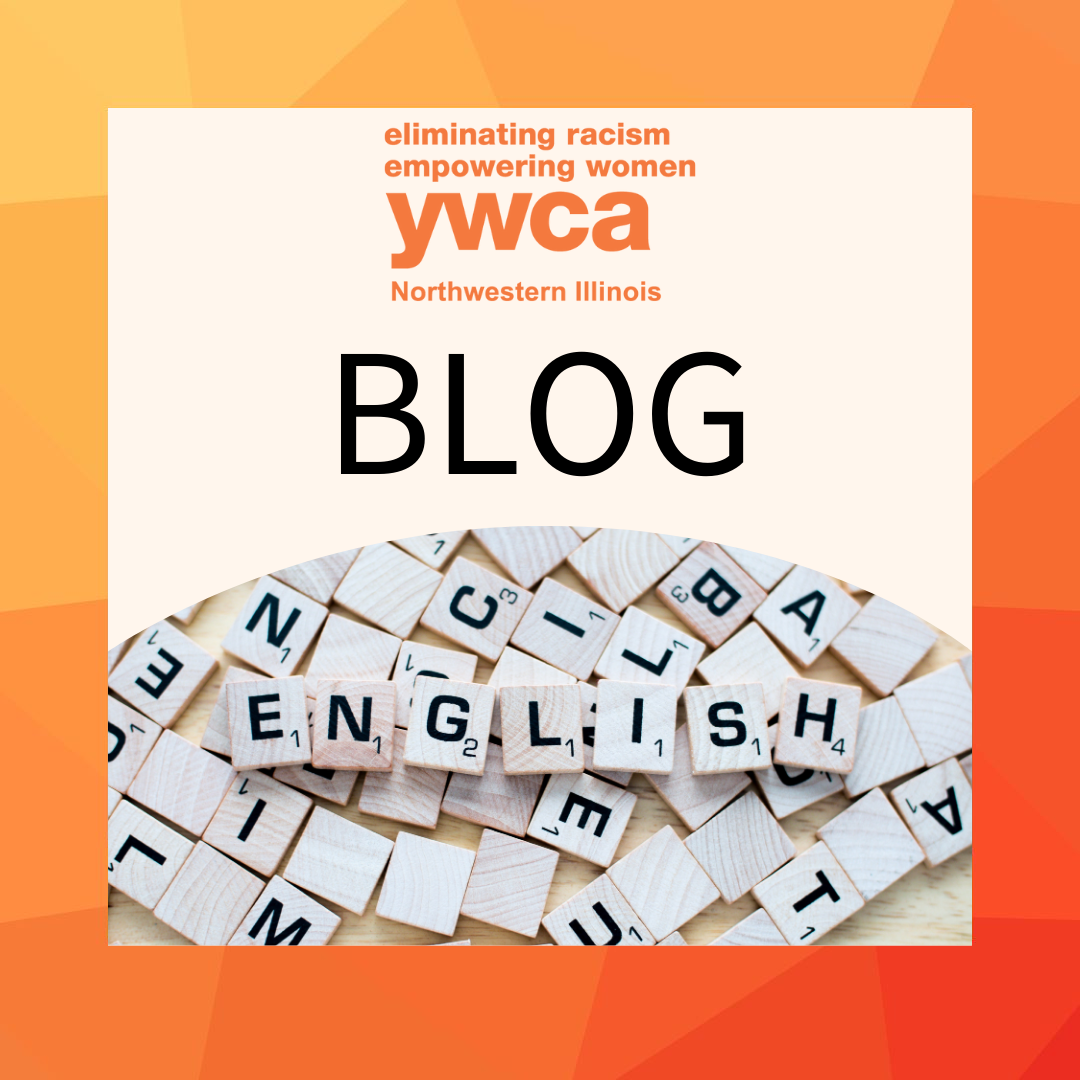Gardening with Children: A Fun Way to Grow
The Learning Benefits of Gardening
Gardening is a fantastic way for children to connect with nature, and it brings plenty of learning opportunities that go beyond simply growing plants. When children get involved in gardening, they engage in hands-on activities that can enhance their math, reading, and social skills in ways that are both fun and meaningful. A garden is more than just a space for flowers and vegetables; it becomes a living classroom where children can experiment, observe, and learn through experience. Whether they’re counting seeds, measuring plant growth, or reading gardening instructions, gardening sparks curiosity while also building essential skills. These skills not only make learning more fun, but they also have a lasting impact on a child’s growth and helping them connect what they learn to the real world.
How Gardening Boosts Math Skills
One of the biggest benefits of gardening for kids is how it can boost their math skills. Gardening naturally involves:
- Counting: Children count seeds, plants, or rows to understand quantities.
- Measuring: Kids learn to measure depth when planting seeds or spacing between plants.
- Estimating: Kids estimate how much space is needed or how much water a plant requires.
They’ll also notice patterns in how plants grow and get an idea of how much water or sunlight they need. As they watch their plants grow, they learn about size and proportion, as well as the concept of time (like how long it takes a seed to sprout). For example, a young gardener might ask, “If we want 15 tomatoes and each plant produces 5, how many plants should we buy?” These everyday moments are great opportunities to practice problem-solving and planning.
Improves Literacy and Reading Skills
Beyond math, gardening can help kids improve their reading and literacy skills. Many gardening activities involve following step-by-step instructions, whether it’s reading a gardening book or following directions for planting. These tasks help kids improve their:
- Reading comprehension: Understanding gardening steps and instructions.
- Vocabulary: Learning plant names and terms like “annuals,” “perennials,” or “photosynthesis.”
- Following directions: Practicing how to follow a sequence of steps to successfully plant or tend to a garden.
By reading gardening labels and learning plant names, they also expand their vocabulary. For instance, learning the difference between annuals and perennials or identifying plant parts gives kids new words and ideas that help develop their language skills. The best part is that reading in a garden setting is more engaging than reading in a classroom, making literacy feel more exciting and connected to the world around them. Parents can also encourage kids to keep a garden journal, where they write about their observations and track how plants grow. This boosts writing skills while giving kids a sense of ownership in their learning.
Developing Social Skills Through Gardening
In addition to cognitive benefits, gardening also helps children develop social skills. Working together in a garden teaches kids how to:
- Cooperate: Children share tools and work together to complete tasks.
- Take turns: Gardening tasks like planting or watering require kids to take turns.
- Communicate: Working as a team helps kids communicate effectively while accomplishing goals.
These skills are important not only for gardening but also for building relationships and handling social situations. As one young gardener said, “I love planting flowers, but I’m too young to do it by myself, so my mom helps me.” This shows how gardening can be a shared experience, where children work alongside family members, learning and bonding together. Whether they’re planting a vegetable garden, caring for a flower bed, or growing herbs in containers, children learn the value of patience and the rewards of hard work. Gardening also creates great opportunities for family members or friends to spend time together, communicate openly, and collaborate, which builds stronger relationships.
Types of Gardens for Kids
Gardens come in all shapes and sizes, offering lots of options for children to explore. Some ideas include:
- Raised garden beds: Great for young kids since they’re easy to reach.
- Container gardens: Perfect for small spaces like balconies or patios.
- Community gardens: Allow children to interact with peers and work as a team.
- Vertical gardens or herb pots: Teach kids about resourcefulness and sustainability.
No matter the type of garden, there’s an option for every child to get involved, regardless of age or available space. Small container gardens can teach kids about sustainability by showing them that even a small plant can thrive in a tiny space. Larger vegetable gardens give kids the chance to experience the whole process of growing food—from seed to table—helping them understand where food comes from and how much work it takes to grow it.
The Long-Term Benefits of Gardening
Gardening with children is more than just a hobby; it’s an enriching experience that blends learning, creativity, and physical activity. The skills children develop while planting, nurturing, and harvesting in a garden are ones that will last a lifetime—skills that are essential for academic growth, personal development, and social interaction. Gardening teaches patience and teaches children to appreciate the beauty and complexity of nature, while also instilling a sense of responsibility. So, the next time you’re out in the garden, remember that each plant that grows under a child’s care is an opportunity for learning, bonding, and growing together. Whether it’s a small herb garden in a pot or a sprawling vegetable patch, the time spent in a garden will help children grow in more ways than one. Now is the time to get our hands dirty. Let’s get ready to grow!
-Brenda R., YWCA Northwestern Illinois, CCAP and Health & Safety Coach/Team Leader




